Hour 16:00
17 Jul 25
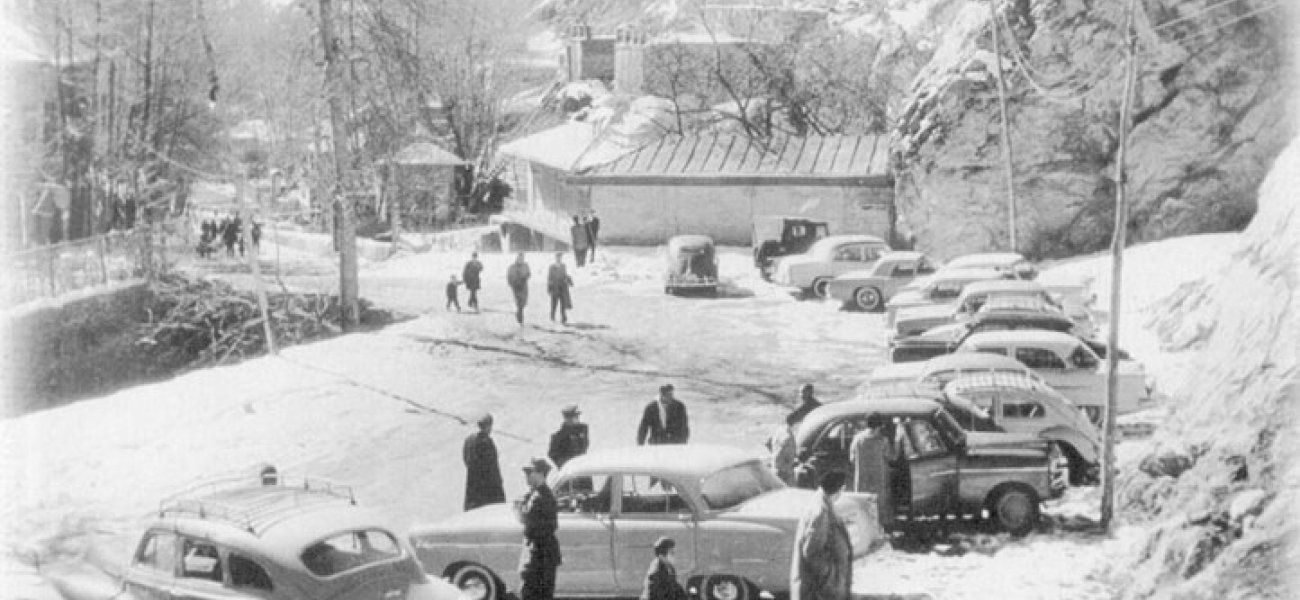
Shemiran, or as it's colloquially known among Tehranis, Shemroon, was once a summer retreat on the slopes of the Alborz Mountains.
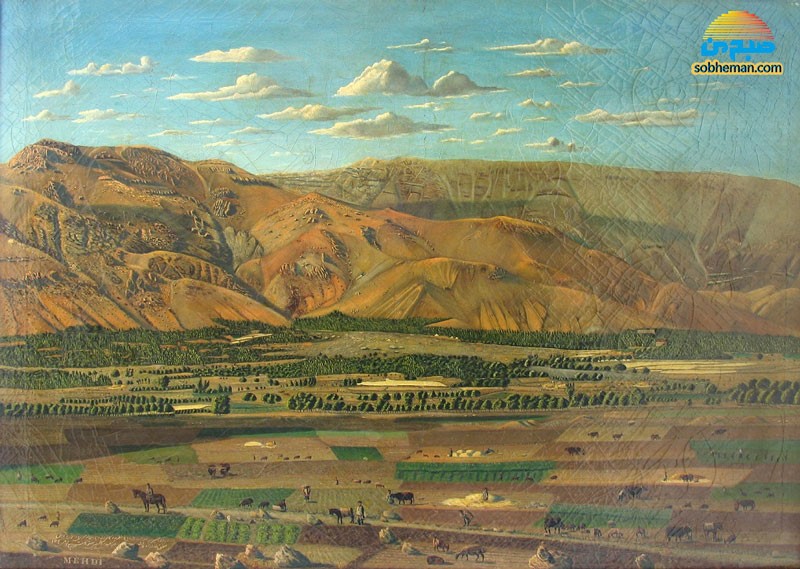
In the distant past, it was simply a rural outskirt where people from nearby towns and villages would come to pick fruits from its orchards, sit by its pleasant rivers, and, in later periods, it became a hotspot for poets and artists to spend their evenings in.
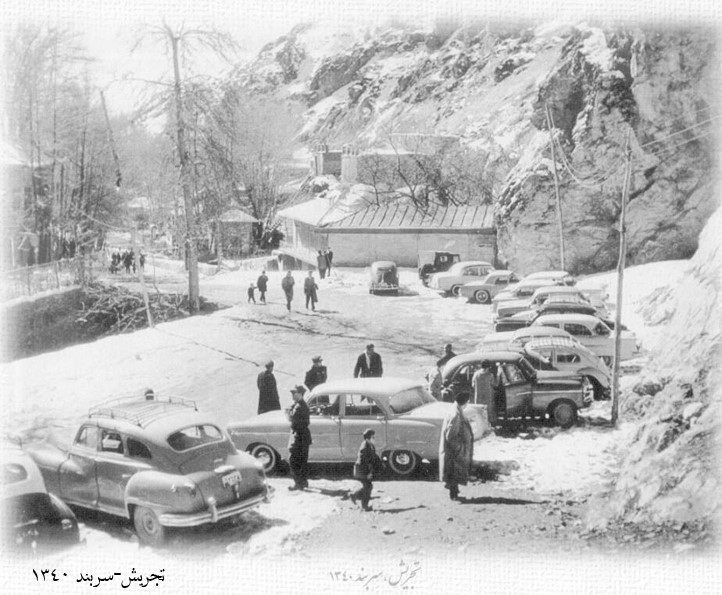
Over time, especially after Agha Mohammad Khan Qajar, the founder of the Qajar dynasty, chose Tehran as his capital, Shemiran’s fate became so intertwined with that of Tehran’s that it’s now unimaginable to consider them separate—either geographically or historically.
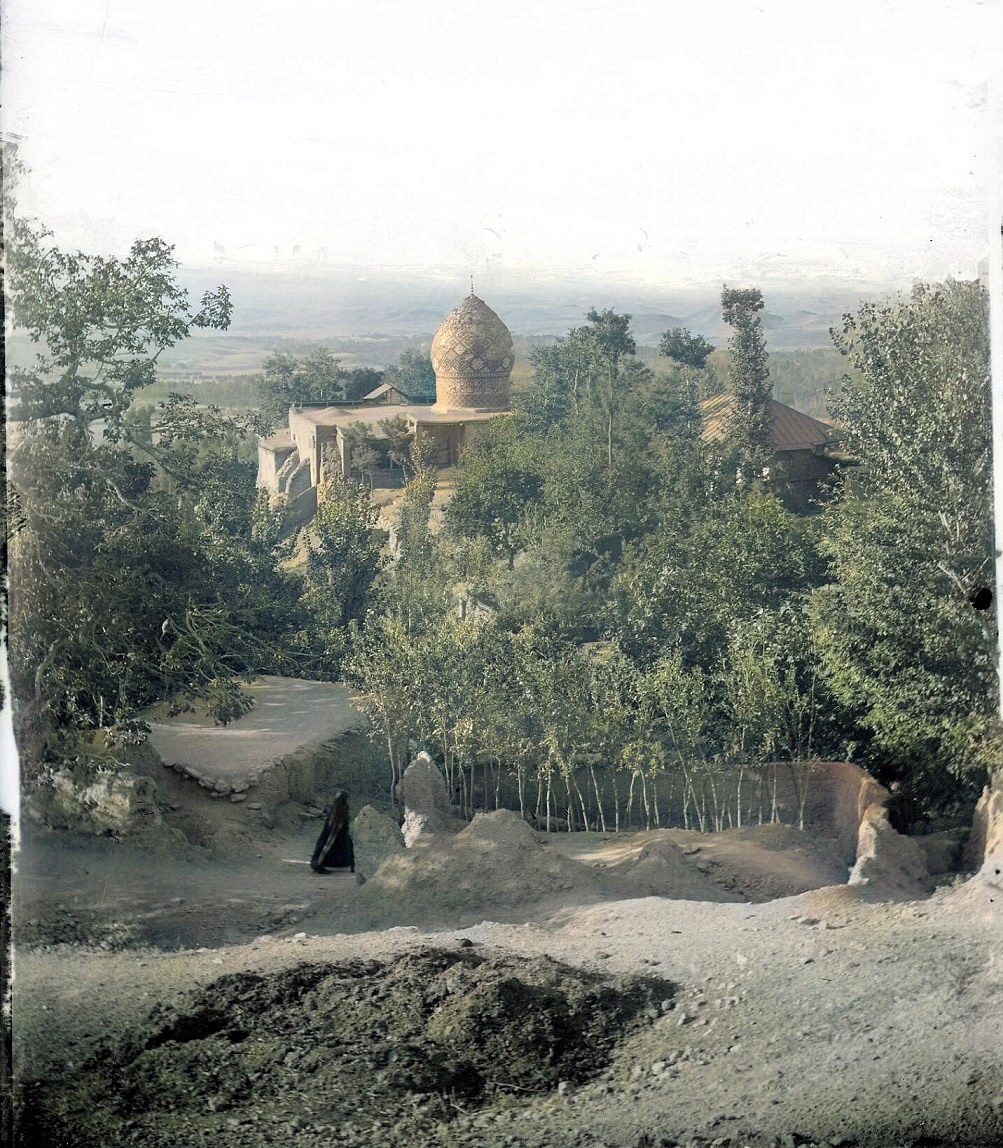
Some believe that had it not been for Shemiran, Tehran might have never become the capital. Although various reasons have contributed to choosing Tehran as capital, undoubtedly, Shemiran—with its idyllic location on the gentle slopes of the pleasant Alborz Mountains—played a role in that decision.
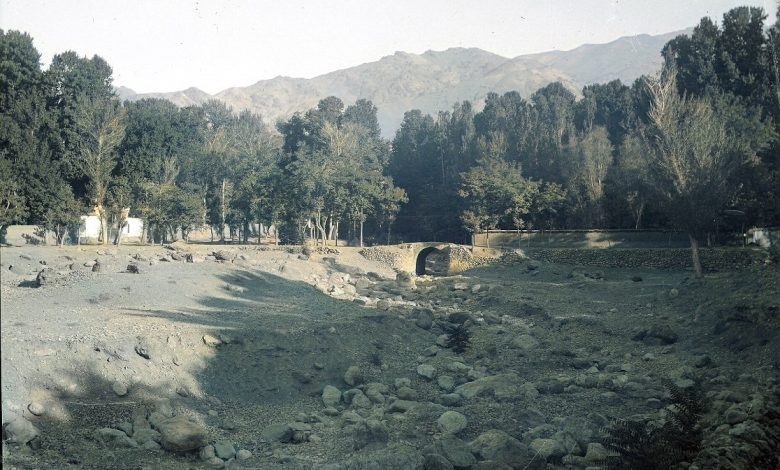
According to the journals of many travelers of the Qajar era, Tehran itself was gradually becoming a relatively flat, dry, and dusty plain with uninviting air and a generally unpleasant atmosphere. Yet, from the very beginning, it always looked towards the lush slopes of the Alborz.
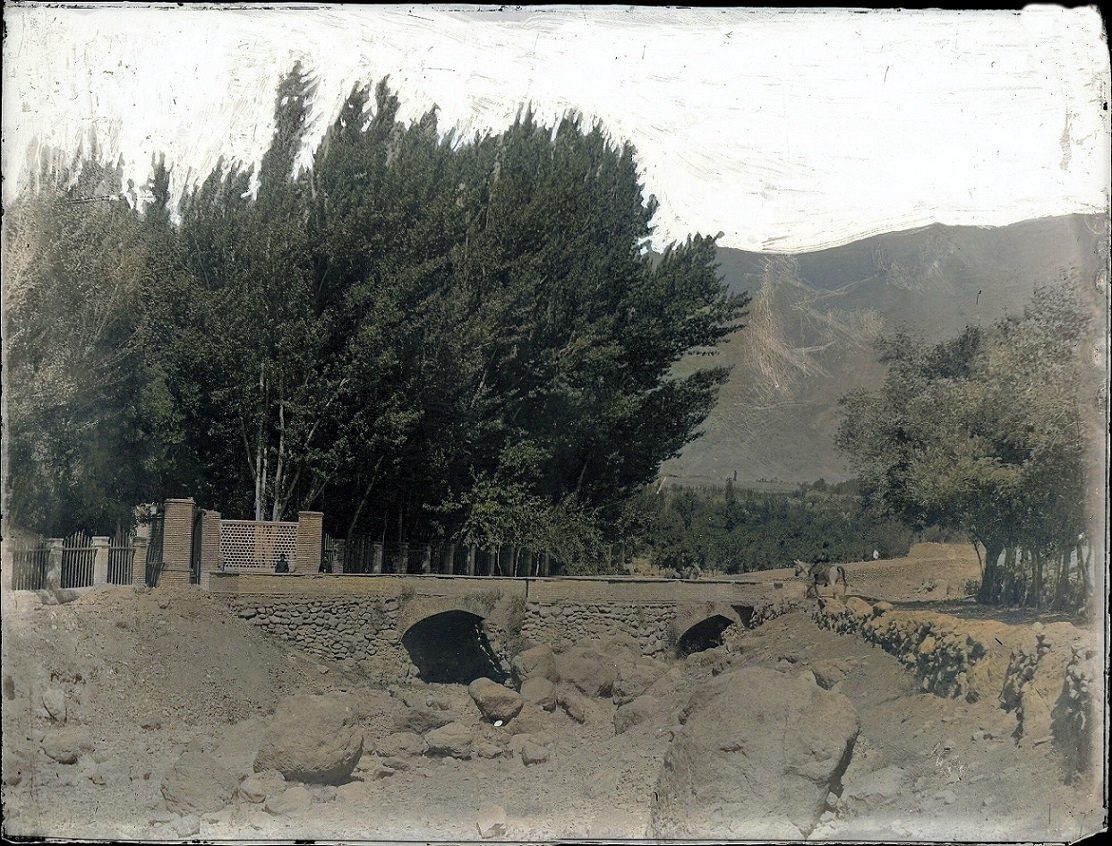
Even today, Tehran rests in Shemiran’s embrace, like a child lying on the lap of an old, yet beautiful and kind mother—watched over by eyes that have witnessed the capital grow over centuries.
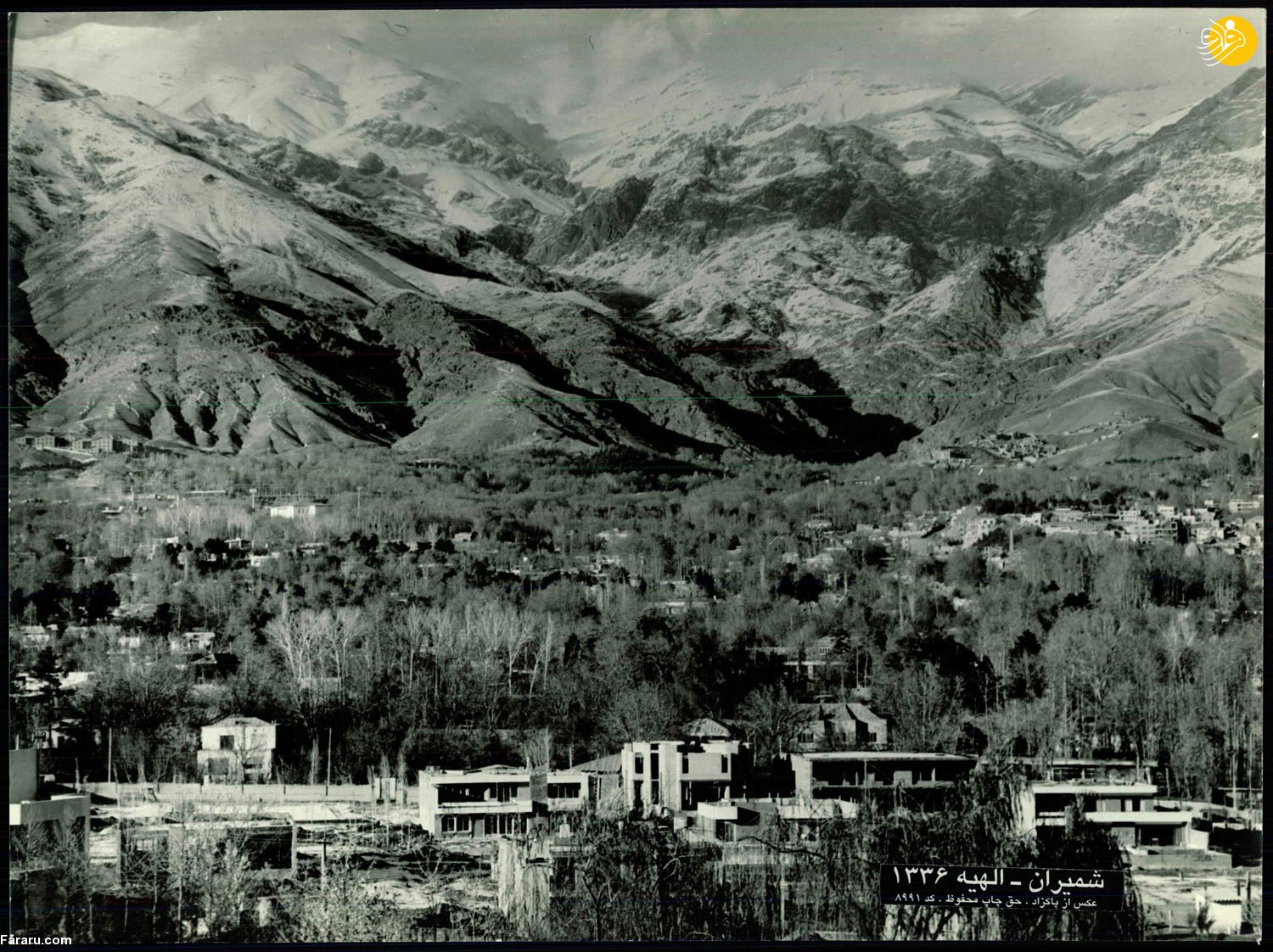
The majestic Mount Damavand has always been regarded as one of the most beautiful sights in the southern Alborz range. In the old Tehran, even though many buildings, walls, and fortifications surrounded the city for protection from enemies, the walls and towers were intentionally built low so that Tehranis wouldn’t lose sight of the distant mountain slopes. However, since then, the city has expanded rapidly and haphazardly towards Shemiran, so calling it a “rural suburb” is no longer appropriate. Nowadays, it’s almost impossible to distinguish the line that separates Tehran from Shemiran—except perhaps by some differences in customs and culture, which themselves have become increasingly similar in recent decades.
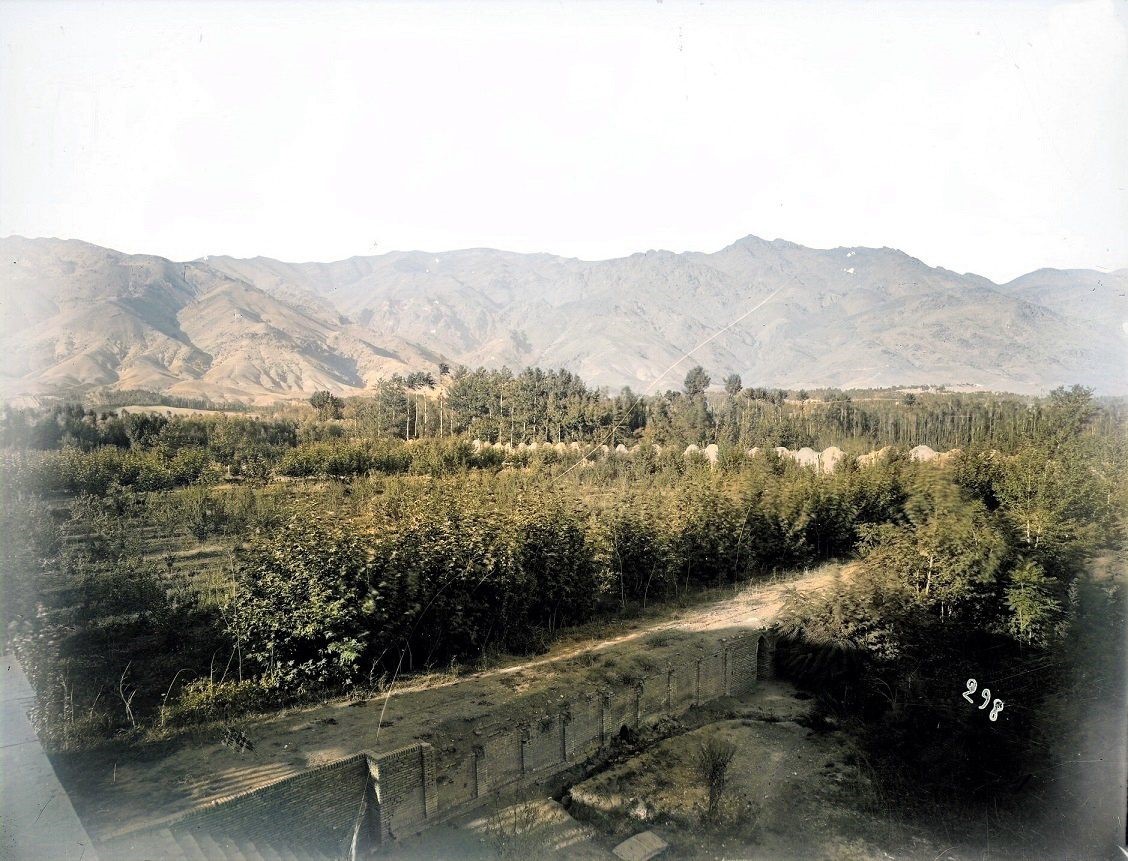
In the old days, Shemiran had a unique charm. Baron Fedorovich Korf, a Russian diplomat who visited Iran during Fath-Ali Shah’s reign, wrote:
“If you go about ten kilometers north, you reach green villages scattered among the mountains. These villages are called Shemiran. Here, the mountain air refreshes your lungs. The fragrance of blossoming fruit trees soothe the senses, in such a way that when you leave the stifling and dusty Tehran for Shemiran, it feels as though you've entered paradise. From there, you can directly go to a shrine built over the tomb of Imamzadeh Saleh. Nature has adorned the site with a magnificent plane tree that all who visit admire. Even if one were to ignore the height and vast branches of the tree—beneath which several houses could be built—its trunk alone, measuring thirty-six arshins (a Russian unit of measurement equivalent to 71 cm) in circumference, simply cannot be overlooked. After writing this, I felt justified to place 36 exclamation marks at the end of this sentence, though I’ll settle for just one!”
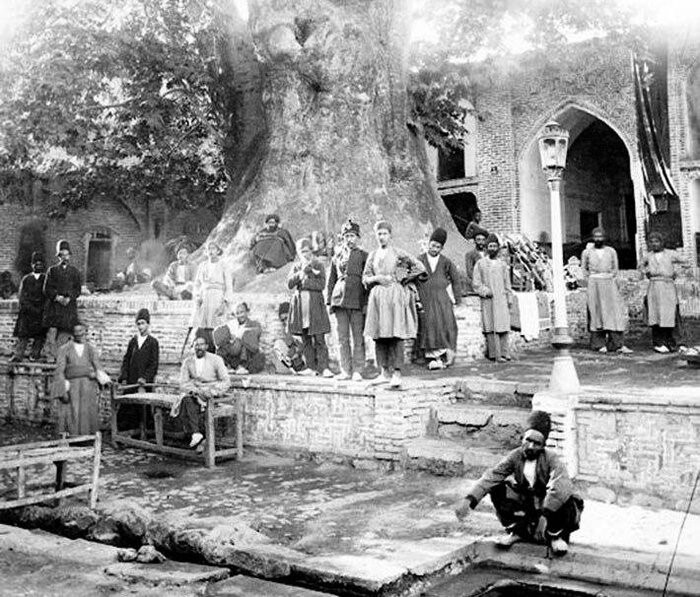
Weipert von Blücher, the German ambassador in Iran during the early reign of Reza Shah, also likened Shemiran to paradise in his travelogue:
“In the summer, Shemiran truly was like paradise. The bright southern sunlight, a cloudless sky, crystal-clear air due to its dryness are almost unearthly. Those magical nights under twinkling stars, the countless birds singing, the cool mountainous retreat, the sunny weather with no sign of wind or rain, then the comfortable houses designed for leisure and joy, the many servants eagerly awaiting instructions, the horses and carriages ready to go—all this was a slice of the life we experienced in Shemiran.”
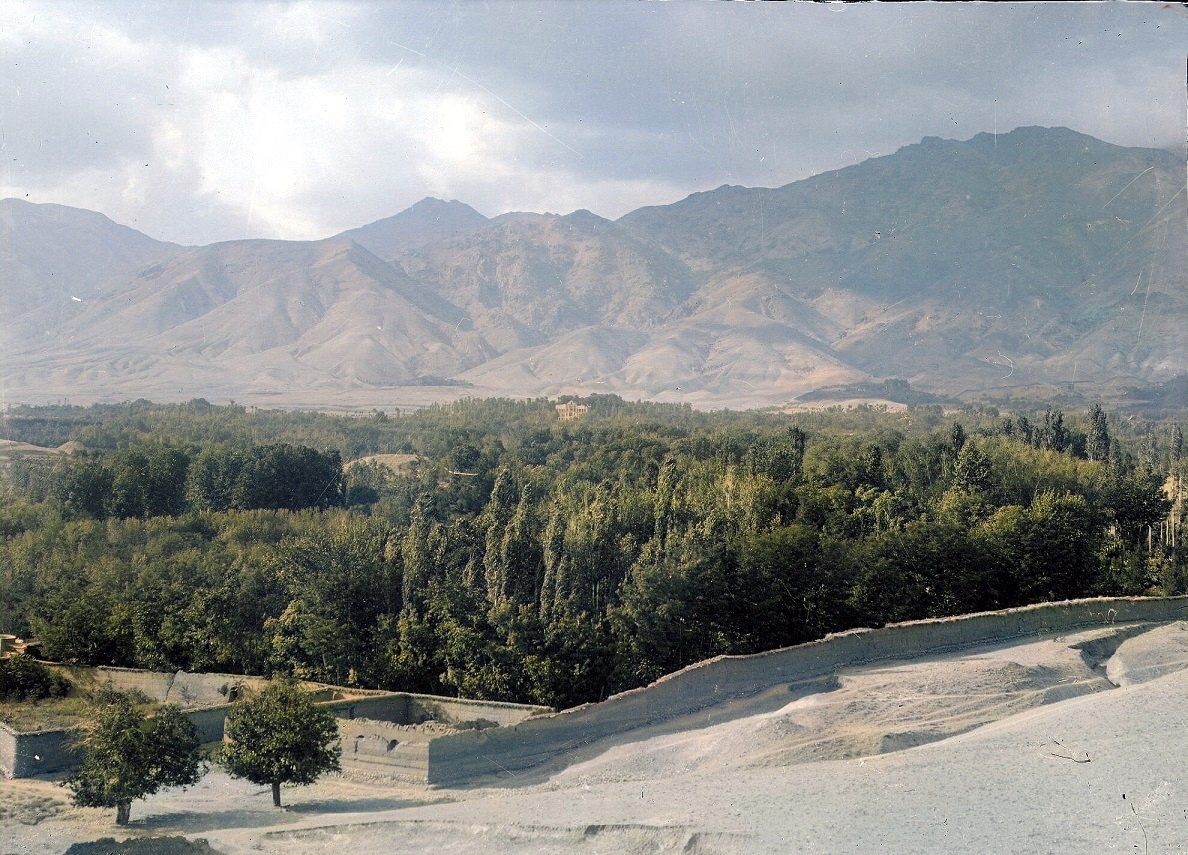
In another part of his memoir, he calls Shemiran one of the most beautiful places in the world, and describing the road from Tehran to the German embassy, he writes:
“We traveled a wide, paved road that led directly north from Tehran to delightful Shemiran, nestled on the slopes of the Alborz Mountains. The summer residence of the Shah, summer villas of ambassadors, and homes of many affluent Iranians were located here. Shemiran is undoubtedly one of the most beautiful places in the world. At an altitude of 1,500 meters at the foot of the 4,000-meter Mount Tochal and surrounded by mountain ranges, it lies to the north of the valley where Tehran is located—300 meters lower in elevation. Beyond that, the distant mountain range can be seen on the horizon.”
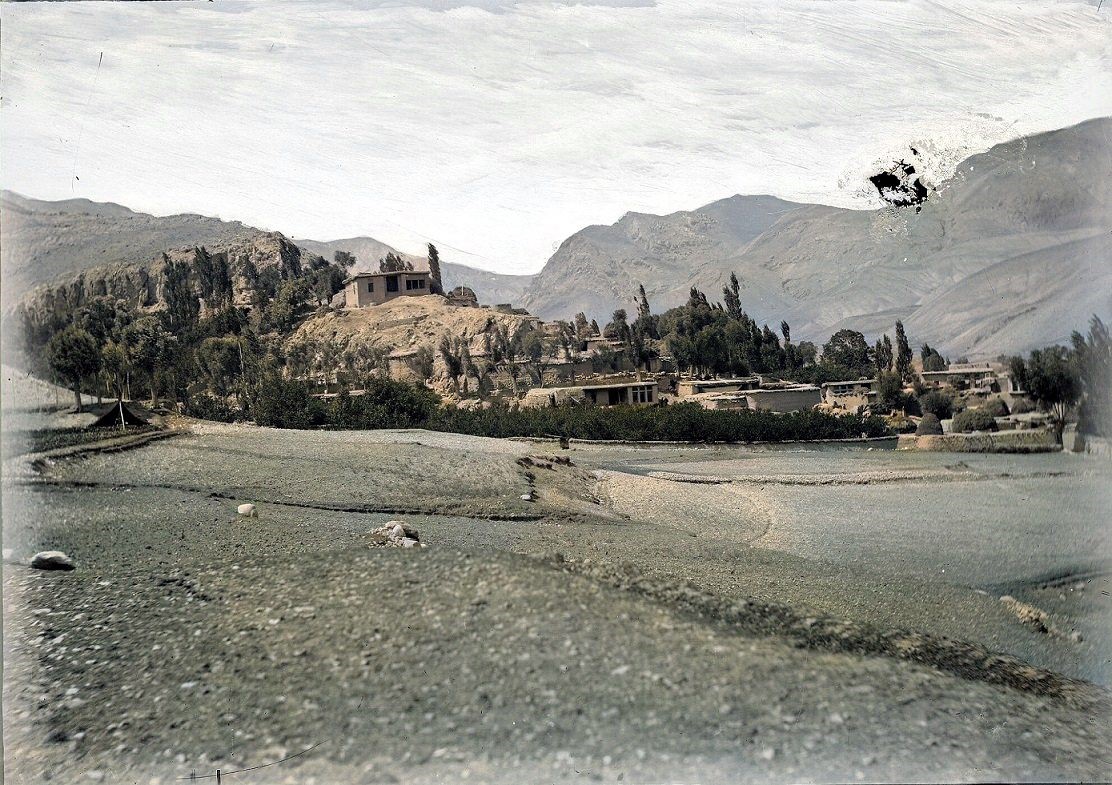
Even today, Shemiran is stunning—a true slice of heaven with no equal. The variety of animals and birds that live on the steep southern slopes of the Alborz range is remarkable. Since wealthy and noble Tehranis have lived here for generations, and as it’s common for the affluent to rarely sell their property or be eager to modernize and replace their villas with cramped apartment blocks, there are still many villas with large, enchanting gardens scattered throughout Shemiran’s alleyways.
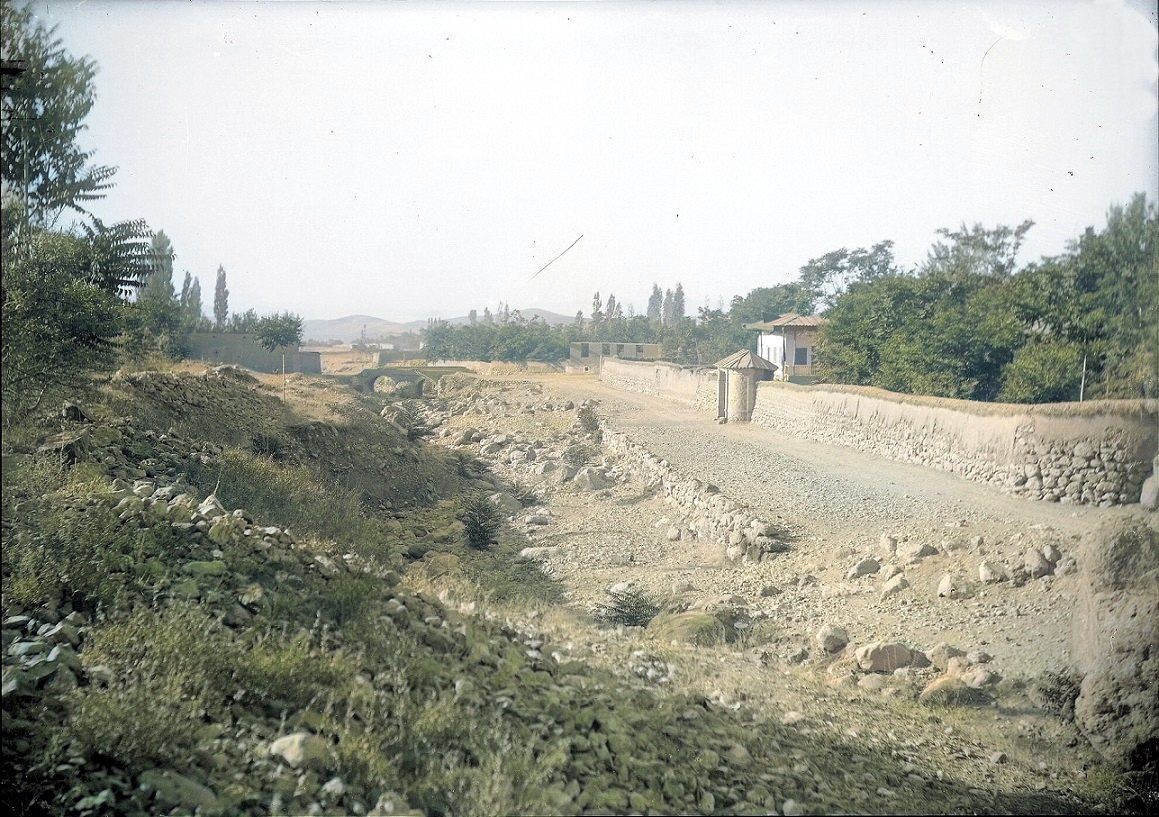
Unlike much of Tehran and Iran, which suffer from a lack of water supplies, the qanats of Shemiran are abundant and flowing. It's not uncommon for the old houses' walls to be damp from the qanats or for the foundations of some buildings to be eroded by the underground streams, putting them at risk of collapse.
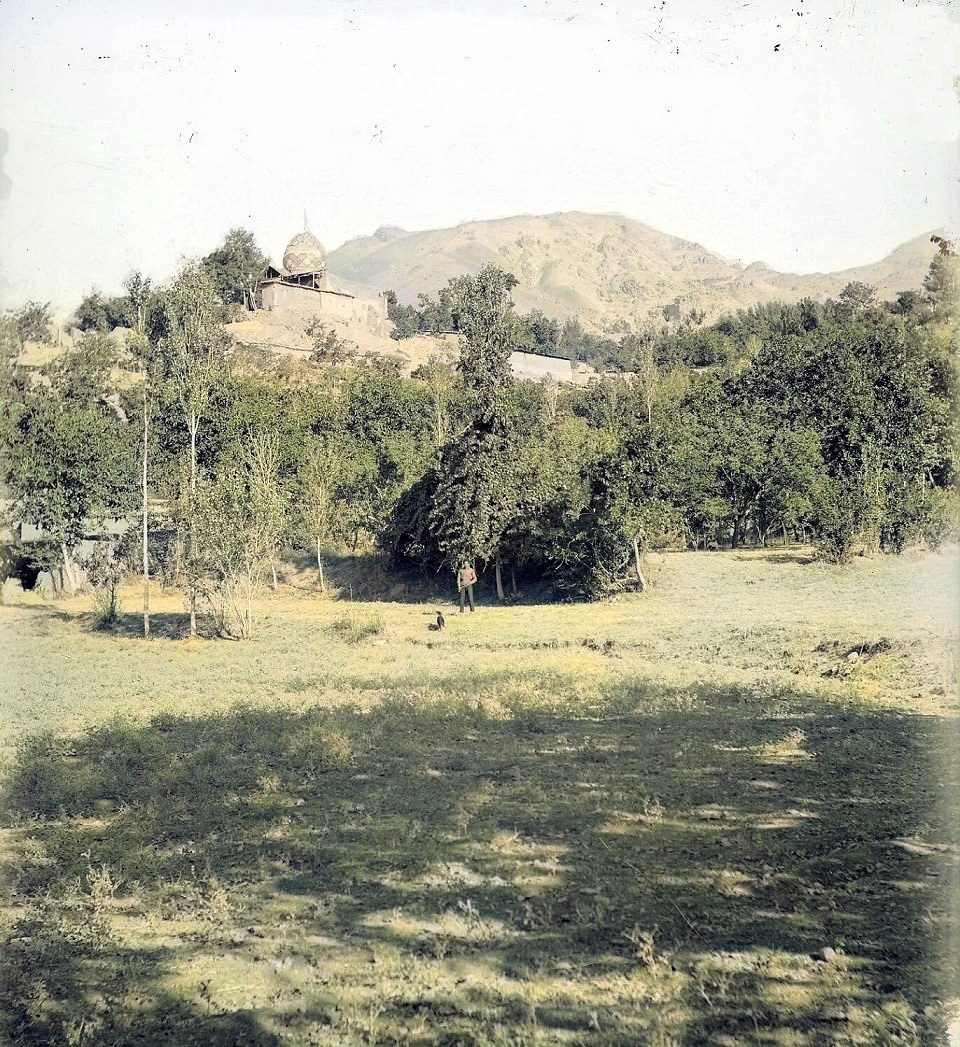
This eternal lushness and greenery—which even the passage of time has failed to wither—was the main reason that kings, courtiers, and wealthy families of the past sought homes and gardens here to spend part or all of the year in this earthly paradise. Many of these historic palaces and mansions still stand today. The most important among them are:
1) The Sa’dabad Historical Complex – The largest historical garden and palace complex in Tehran, including natural forests, springs, qanats, orchards, greenhouses, lavish palaces, mansions, and several museums.
2) The Niavaran Cultural-Historical Complex – Dating back to the early years of the Qajar dynasty, it includes several palaces, museums, a library, beautiful green spaces, and other attractions. The site was once home to one of the great gardens of old Iran.
